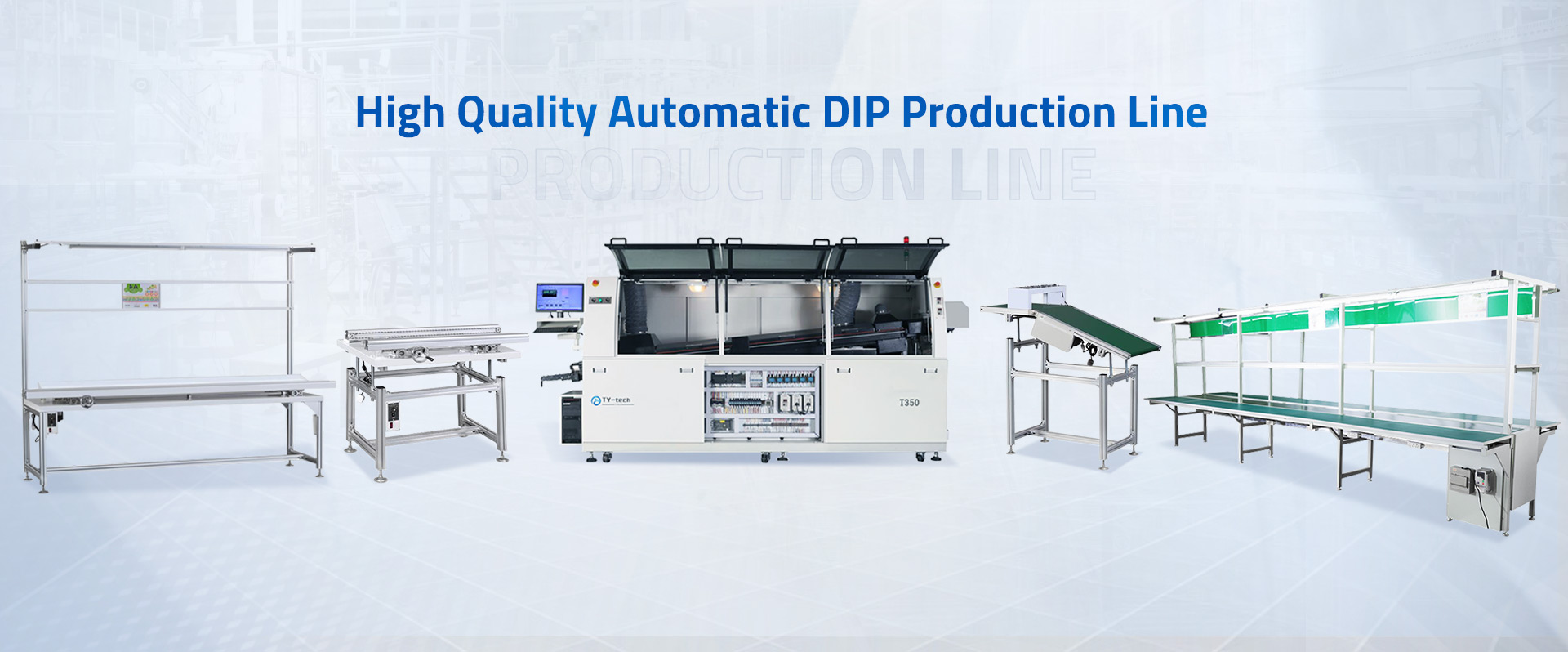
Professional SMT Solution Provider
Solve any questions you have about SMT
- sales@tytech-smt.com
- +86 15361670575

Introducing Shenzhen TY Electronic Technology Co., Ltd., a leading wholesale manufacturer, supplier, and factory of cutting-edge electronics, we proudly present our innovative product, Smt Solution. With over [insert number] years of expertise in the industry, we have developed this advanced solution to meet the growing demands of modern electronic assembly processes. Smt Solution is designed to optimize productivity and efficiency in manufacturing operations. By integrating state-of-the-art technology and intelligent systems, our product offers a comprehensive solution for surface mount technology (SMT) assembly. It streamlines the production line, enhances accuracy, and increases throughput, saving both time and resources. Our commitment to quality ensures that Smt Solution adheres to the highest industry standards. Each unit undergoes rigorous testing and quality control measures, guaranteeing reliable performance and durability. Furthermore, as a wholesale manufacturer, supplier, and factory, we can offer competitive pricing and flexible customization options to meet the unique requirements of our clients. Whether you are a small-scale electronics business or a large-scale production facility, Shenzhen TY Electronic Technology Co., Ltd. is your trusted partner for SMT solutions. Experience cutting-edge technology and exceptional service with our innovative product, Smt Solution. Contact us today to learn more about how we can revolutionize your electronic assembly processes.
